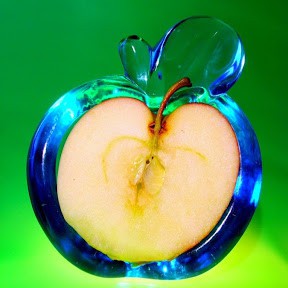Robert Stirling | The Stirling Motor
The Reverend Dr Robert Stirling (1790-1878) was a Scottish clergyman, and inventor of the Stirling engine.
Stirling was born at Cloag Farm near Methven, Perthshire, the third of eight children. He inherited his father's interest in engineering[citation needed], but studied divinity at the University of Edinburgh and the University of Glasgow becoming a minister of the Church of Scotland as second charge of the Laigh Kirk of Kilmarnock in 1816. He was Minister of Galston Parish Church from 1824 until 1878.
A Stirling engine is a heat engine that operates by cyclic compression and expansion of air or other gas (the working fluid) at different temperatures, such that there is a net conversion of heat energy to mechanical work.
More specifically, the Stirling engine is a closed-cycle regenerative heat engine with a permanently gaseous working fluid. Closed-cycle, in this context, means a thermodynamic system in which the working fluid is permanently contained within the system, and regenerative describes the use of a specific type of internal heat exchanger and thermal store, known as the regenerator.
The inclusion of a regenerator differentiates the Stirling engine from other closed cycle hot air engines.














































